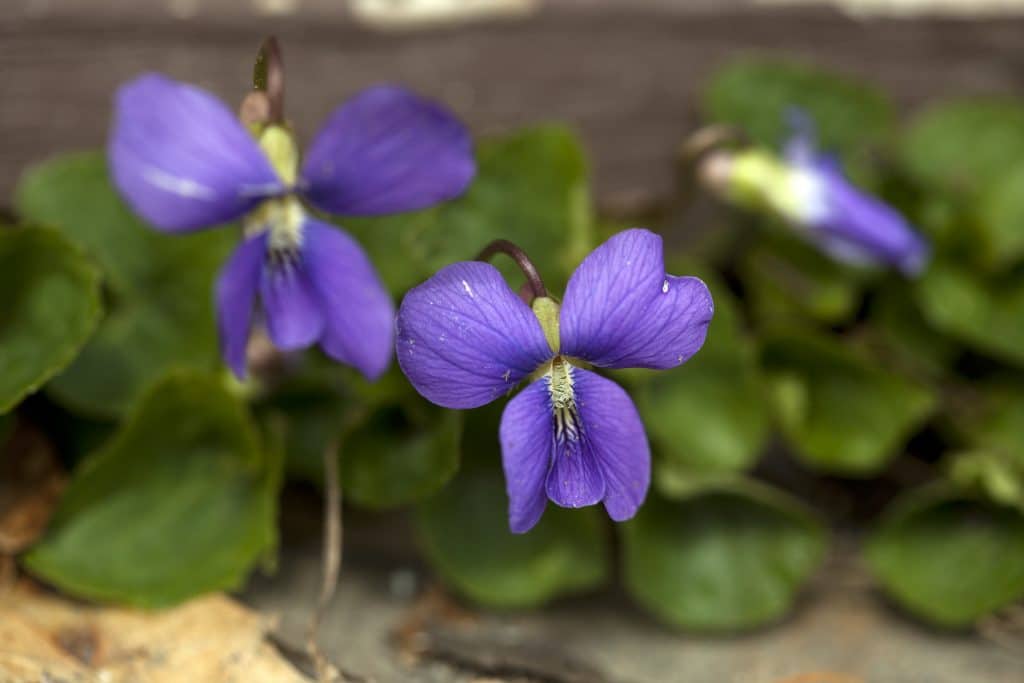
Nature is colorful year-round, if you know where and how to look. But there’s something about the deepening shades of green in late spring, plus the pops of color from each new blooming tree, flower, or shrub, that make this a particularly nice time to explore color. Let’s dig in!
When you are OUTSIDE:
- After you’ve watched the readaloud of White is for Blueberry by George Shannon, try looking for unexpected colors in everyday objects. Peek at the underside of leaves, inside flowers, or pay close attention to birds or insects you see. As these plants and animals grow, do those colors change? How?
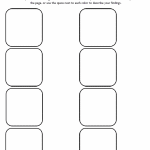
- Go on a color hunt: To put a new spin on this activity, download this color hunt template and try mixing colors to create your own scavenger hunt. Then, get exploring and see what you can find!
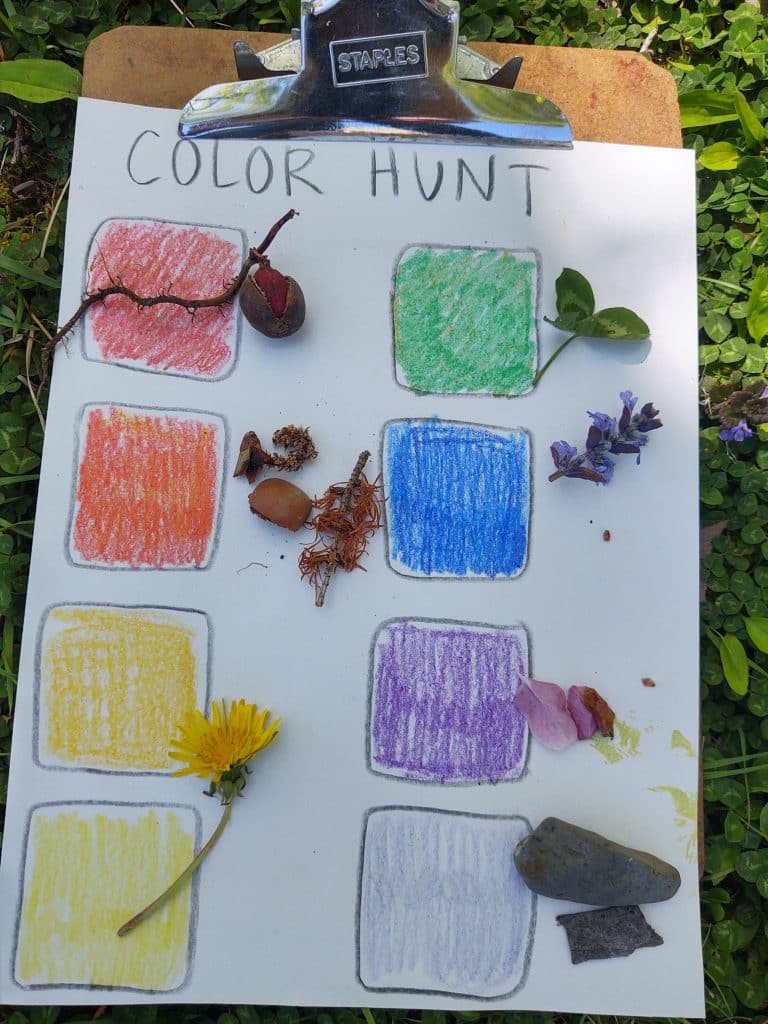
- When the sun shines through a leaf or a flower petal, or on a bird’s feather, that object can take on a whole new look. You can make lovely, ephemeral suncatchers by collecting natural items in a cake tin or recycled container, filling it with water, and freezing it. Don’t forget to add a loop of cotton string before you freeze it so you can hang your suncatcher!
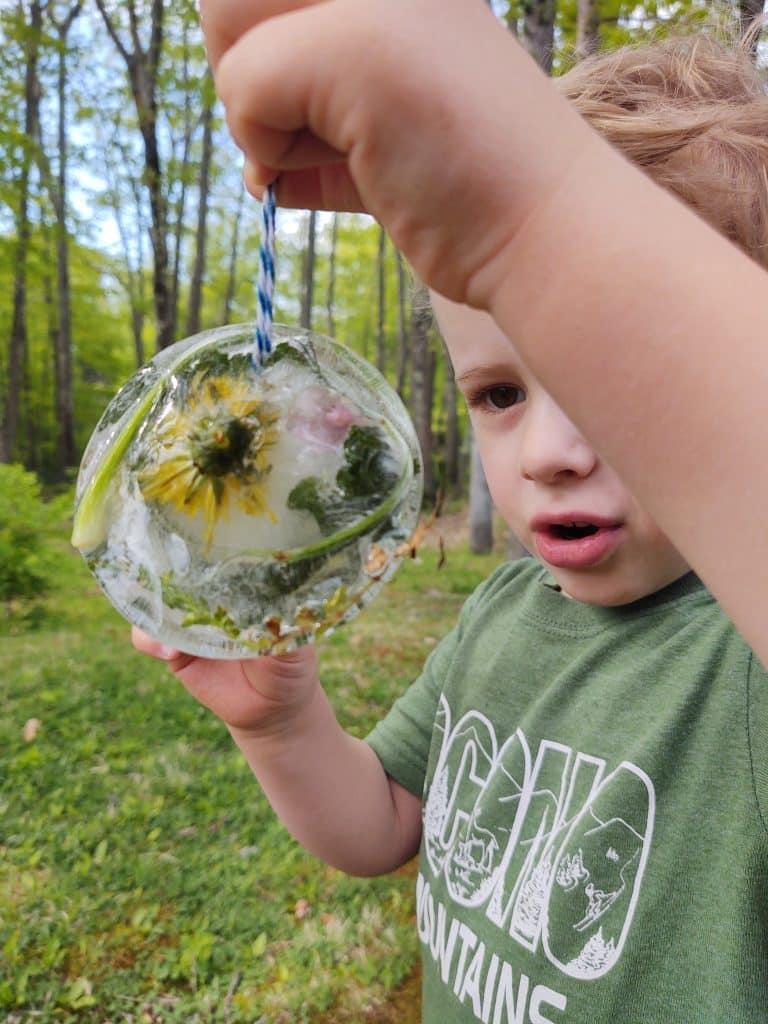
To keep exploring color INSIDE, try:
- Pick the flowers (leaving plenty for wildlife) and steep them in hot water until most of the color is leached from the petals.
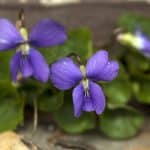 Strain the tea, making sure to squeeze as much pigment as you can out of the flowers before you compost them. Then, squeeze a bit of lemon juice and watch the color change from blue to pink. (For older kids, try exploring the pH-related science behind this phenomenon.)
Strain the tea, making sure to squeeze as much pigment as you can out of the flowers before you compost them. Then, squeeze a bit of lemon juice and watch the color change from blue to pink. (For older kids, try exploring the pH-related science behind this phenomenon.) - Did you know that pollinators have favorite colors, too? Download the free teaching guide for A Monarch Butterfly Story and check out the “Pollinator Match-up” activity on page 12 to learn more and print your own pollinator/flower matching cards.
- Many animals rely on camouflage to avoid predators or to hide from prey. Choose a stuffed animal or color in an animal cutout, then look around your home for places it could hide by blending in. Try taking turns hiding and finding one or more animals. Are some colors harder or easier to find?
